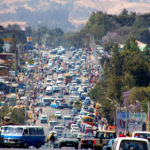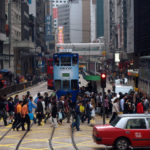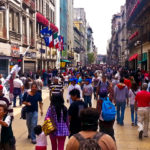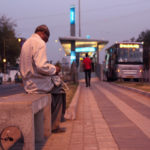
Driving a car is often the easiest, most straightforward mobility option for many urban residents. There are a laundry list of reasons people just can’t seem to live without cars in cities: because they don’t feel that public transport or ...


East Africa doesn’t make a lot of headlines for its sustainable transport achievements. That’s changing, as its cities are starting to pioneer innovative new projects to bring urban Africa into the spotlight for sustainable development. The challenges in the region ...


In many parts of the world, the bus is suffering from a public image crisis. According to a report by the US Federal Transit Administration, many people already look down on public transport in general, and the bus in particular ...


Taking even a quick look at India’s current pattern of growth, it’s not hard to see both the rising energy insecurity and the stress that cities across the country are experiencing. Congestion, urban sprawl, and poor access to reliable energy ...


Citizen participation is a critical—and often overlooked—aspect of successful urban planning. For public policies and services to actually have a positive impact on people’s daily lives, city leaders need to have a clear picture of the particular needs of the ...


Men and women use public transport in different ways because of their distinct social roles and economic activities. Since women’s reasons for traveling generally differ from men’s, the purpose, frequency, and distance of their trips are also different. Additionally, safety ...


Yesterday, Bogotá, Colombia celebrated the 15th anniversary of its annual car-free day. Between 5am and 7:30pm, residents left their cars behind and turned to a variety of other modes of transport—a symbolic act that 63 percent of citizens institutionalized through ...


What will the city of the future look like? How can we unlock the potential of urbanization to create safe, accessible and prosperous societies? At Transforming Transportation 2015 – the annual conference co-organized by the World Resources Institute and the World Bank– we learned about ...


Previously on TheCityFix, we took you through the initial steps of EMBARQ and IDEO’s project to explore how human-centered design thinking can be put to work for sustainable urban mobility. We’re asking a bold question – what if there were ...


It is increasingly recognized that cities are both powerhouses of economic growth and the primary drivers of economic prosperity, worldwide. This holds true for urban India as well, where exponential growth is expected not only in existing metropolitan areas, but ...

Page 124 of 348« First...1020...123124125...130140...Last »